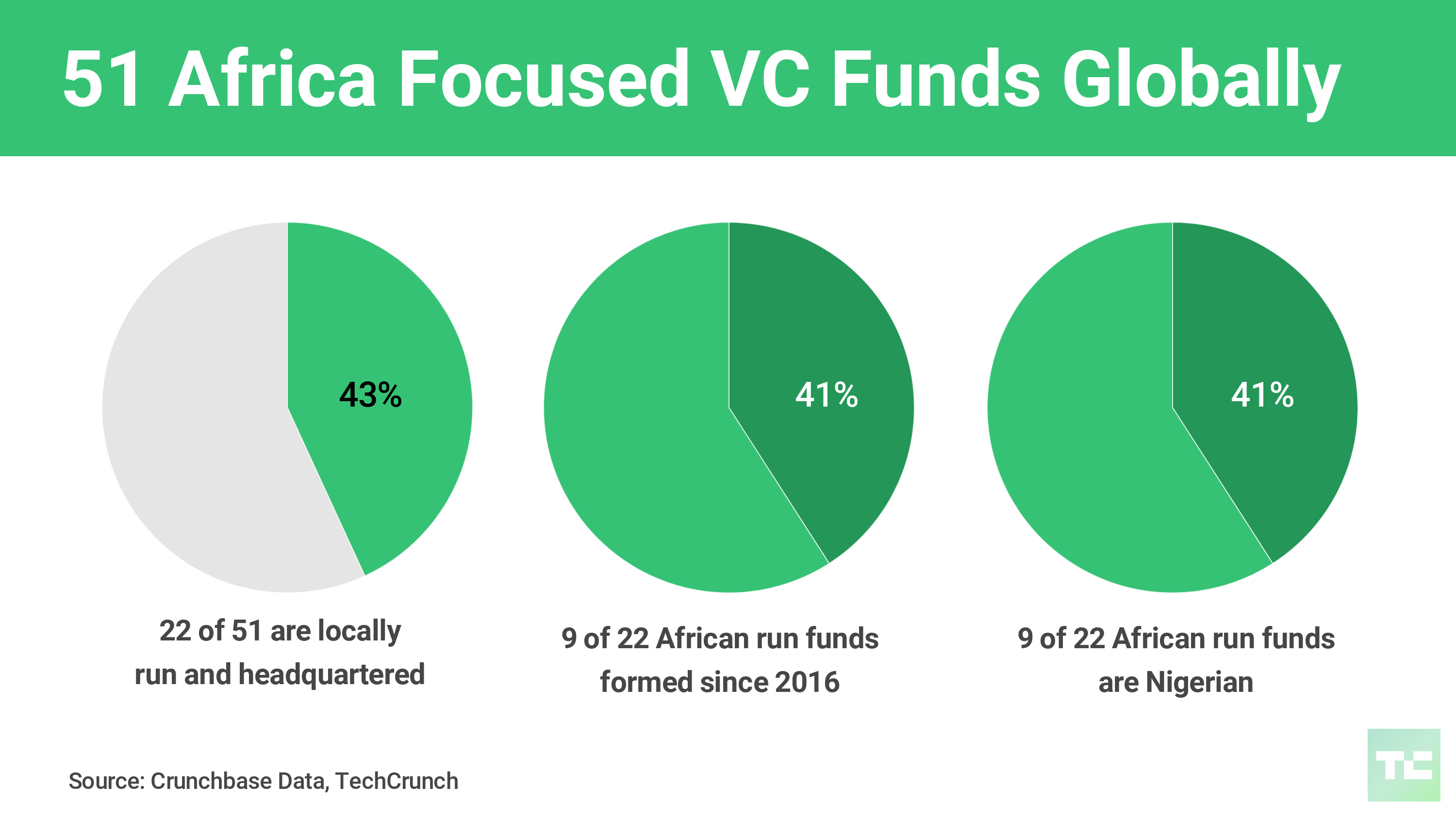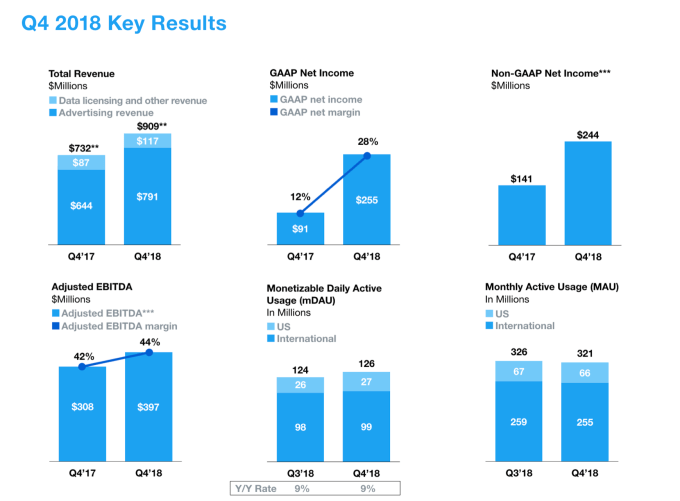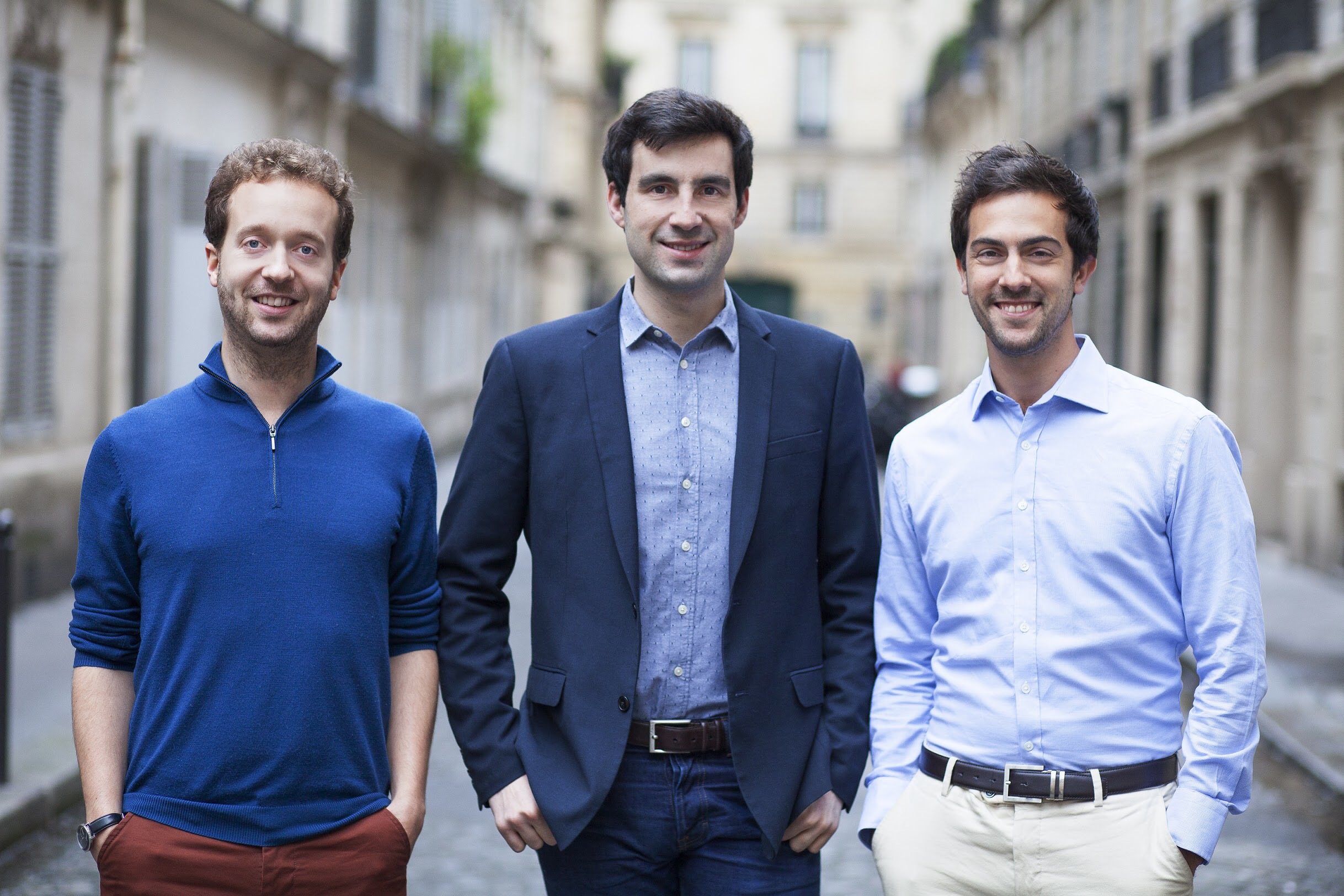A lengthy antitrust probe into how Facebook gathers data on users has resulted in Germany’s competition watchdog banning the social network giant from combining data on users across its own suite of social platforms without their consent.
The investigation of Facebook data-gathering practices began in March 2016.
The decision by Germany’s Federal Cartel Office, announced today, also prohibits Facebook from gathering data on users from third party websites — such as via tracking pixels and social plug-ins — without their consent.
Although the decision does not yet have legal force and Facebook has said it’s appealing.
In both cases — i.e. Facebook collecting and linking user data from its own suite of services; and from third party websites — the Bundeskartellamt says consent must be voluntary, so cannot be made a precondition of using Facebook’s service.
The company must therefore “adapt its terms of service and data processing accordingly”, it warns.
“Facebook’s terms of service and the manner and extent to which it collects and uses data are in violation of the European data protection rules to the detriment of users. The Bundeskartellamt closely cooperated with leading data protection authorities in clarifying the data protection issues involved,” it writes, couching Facebook’s conduct as “exploitative abuse”.
“Dominant companies may not use exploitative practices to the detriment of the opposite side of the market, i.e. in this case the consumers who use Facebook. This applies above all if the exploitative practice also impedes competitors that are not able to amass such a treasure trove of data,” it continues.
“This approach based on competition law is not a new one, but corresponds to the case-law of the Federal Court of Justice under which not only excessive prices, but also inappropriate contractual terms and conditions constitute exploitative abuse (so-called exploitative business terms).”
Commenting further in a statement, Andreas Mundt, president of the Bundeskartellamt, added: “In future, Facebook will no longer be allowed to force its users to agree to the practically unrestricted collection and assigning of non-Facebook data to their Facebook user accounts.
“The combination of data sources substantially contributed to the fact that Facebook was able to build a unique database for each individual user and thus to gain market power. In future, consumers can prevent Facebook from unrestrictedly collecting and using their data. The previous practice of combining all data in a Facebook user account, practically without any restriction, will now be subject to the voluntary consent given by the users.
“Voluntary consent means that the use of Facebook’s services must not be subject to the users’ consent to their data being collected and combined in this way. If users do not consent, Facebook may not exclude them from its services and must refrain from collecting and merging data from different sources.”
“With regard to Facebook’s future data processing policy, we are carrying out what can be seen as an internal divestiture of Facebook’s data,” Mundt added.
Facebook has responded to the Bundeskartellamt’s decision with a blog post setting out why it disagrees. The company did not respond to specific questions we put to it.
One key consideration is that Facebook also tracks non-users via third party websites. Aka, the controversial issue of ‘shadow profiles’ — which both US and EU politicians questioned founder Mark Zuckerberg about last year.
Which raises the question of how it could comply with the decision on that front, if its appeal fails, given it has no obvious conduit for seeking consent from non-users to gather their data. (Facebook’s tracking of non-users has already previously been judged illegal elsewhere in Europe.)
The German watchdog says that if Facebook intends to continue collecting data from outside its own social network to combine with users’ accounts without consent it “must be substantially restricted”, suggesting a number of different criteria are feasible — such as restrictions including on the amount of data; purpose of use; type of data processing; additional control options for users; anonymization; processing only upon instruction by third party providers; and limitations on data storage periods.
Should the decision come to be legally enforced, the Bundeskartellamt says Facebook will be obliged to develop proposals for possible solutions and submit them to the authority which would then examine whether or not they fulfil its requirements.
While there’s lots to concern Facebook in this decision, it isn’t all bad for the company — or, rather, it could have been worse.
The authority makes a point of saying the social network can continue to make the use of each of its messaging platforms subject to the processing of data generated by their use, writing: “It must be generally acknowledged that the provision of a social network aiming at offering an efficient, data-based business model funded by advertising requires the processing of personal data. This is what the user expects.”
Although it also does not close the door on further scrutiny of that dynamic, either under data protection law (as indeed, there is a current challenge to so called ‘forced consent‘ under Europe’s GDPR); or indeed under competition law.
“The issue of whether these terms can still result in a violation of data protection rules and how this would have to be assessed under competition law has been left open,” it emphasizes.
It also notes that it did not investigate how Facebook subsidiaries WhatsApp and Instagram collect and use user data — leaving the door open for additional investigations of those services.
On the wider EU competition law front, in recent years the European Commission’s competition chief has voiced concerns about data monopolies — going so far as to suggest, in an interview with the BBC last December, that restricting access to data might be a more appropriate solution to addressing monopolistic platform power vs breaking companies up.
In its blog post rejecting the German Federal Cartel Office’s decision, Facebook’s Yvonne Cunnane, head of data protection for its international business, Facebook Ireland, and Nikhil Shanbhag, director and associate general counsel, make three points to counter the decision, writing that: “The Bundeskartellamt underestimates the fierce competition we face in Germany, misinterprets our compliance with GDPR and undermines the mechanisms European law provides for ensuring consistent data protection standards across the EU.”
On the competition point, Facebook claims in the blog post that “popularity is not dominance” — suggesting the Bundeskartellamt found 40 per cent of social media users in Germany don’t use Facebook. (Not that that would stop Facebook from tracking those non-users around the mainstream Internet, of course.)
Although, in its announcement of the decision today, the Federal Cartel Office emphasizes that it found Facebook to have a dominant position in the Germany market — with (as of December 2018) 23M daily active users and 32M monthly active users, which it said constitutes a market share of more than 95 per cent (daily active users) and more than 80 per cent (monthly active users).
It also says it views social services such as Snapchat, YouTube and Twitter, and professional networks like LinkedIn and Xing, as only offering “parts of the services of a social network” — saying it therefore excluded them from its consideration of the market.
Though it adds that “even if these services were included in the relevant market, the Facebook group with its subsidiaries Instagram and WhatsApp would still achieve very high market shares that would very likely be indicative of a monopolisation process”.
The mainstay of Facebook’s argument against the Bundeskartellamt decision appears to fix on the GDPR — with the company both seeking to claim it’s in compliance with the pan-EU data-protection framework (although its business faces multiple complaints under GDPR), while simultaneously arguing that the privacy regulation supersedes regional competition authorities.
So, as ever, Facebook is underlining that its regulator of choice is the Irish Data Protection Commission.
“The GDPR specifically empowers data protection regulators – not competition authorities – to determine whether companies are living up to their responsibilities. And data protection regulators certainly have the expertise to make those conclusions,” Facebook writes.
“The GDPR also harmonizes data protection laws across Europe, so everyone lives by the same rules of the road and regulators can consistently apply the law from country to country. In our case, that’s the Irish Data Protection Commission. The Bundeskartellamt’s order threatens to undermine this, providing different rights to people based on the size of the companies they do business with.”
The final plank of Facebook’s rebuttal focuses on pushing the notion that pooling data across services enhances the consumer experience and increases “safety and security” — the latter point being the same argument Zuckerberg used last year to defend ‘shadow profiles’ (not that he called them that) — with the company claiming now that it needs to pool user data across services to identify abusive behavior online; and disable accounts link to terrorism; child exploitation; and election interference.
So the company is essentially seeking to leverage (you could say ‘legally weaponize’) a smorgasbord of antisocial problems many of which have scaled to become major societal issues in recent years, at least in part as a consequence of the size and scale of Facebook’s social empire, as arguments for defending the size and operational sprawl of its business. Go figure.







